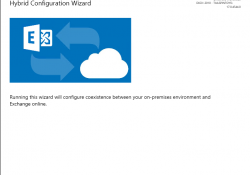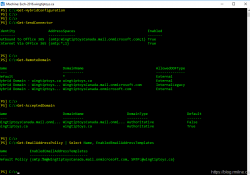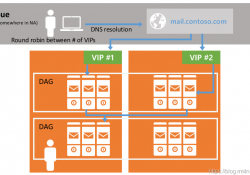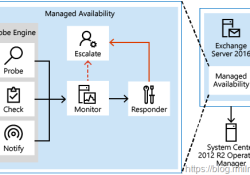Local Endpoint Used For Cross-Premises Free Busy Lookup
When troubleshooting cross-premises calendar availability issues, it can be useful to know the name of the local on-premises endpoint which is used. By knowing the path and URL, you can then search the IIS logs for the path.
This will accelerate finding the correct entry(ies) and assist with troubleshooting.
The full listing of Hybrid deployment prerequisites is available on Docs.









